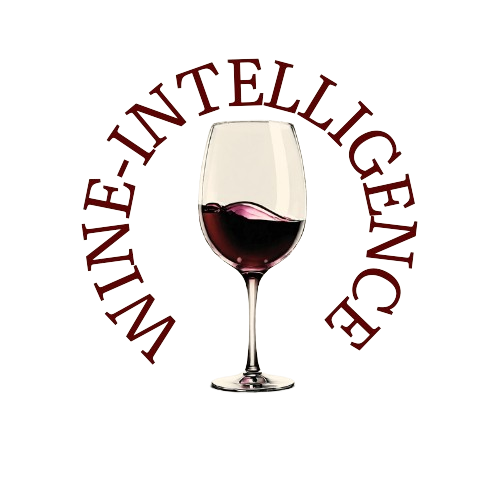The United States presents a unique and diverse landscape for the wine industry, with its 50 states showcasing distinct trade rules, cultural preferences, climates, and population dynamics.
These variations translate into significant differences in per capita wine consumption, as revealed in the "2023 Wine Handbook" by The Beverage Information Group, analyzed by the American Association of Wine Economists (AAWE). These insights highlight both opportunities and challenges for the wine industry, pointing to states where growth potential abounds and those with well-established wine cultures.
The Highest Wine Consumption: Washington, D.C. Takes the Lead
Topping the list is Washington, D.C., a federal district rather than a state, where residents consumed an astonishing 31.2 liters of wine per capita in 2022. This figure surpasses all other states by a significant margin, reflecting a strong wine culture in the U.S. capital. Following D.C., New Hampshire and Vermont take second and third place with 23.3 liters and 22.4 liters, respectively.
Conversely, the states with the lowest wine consumption include West Virginia, at 3.2 liters per capita, and Mississippi, with 3.5 liters, showcasing a stark contrast in wine preferences across the country.
Wine-Producing States: Balancing Production and Consumption
Among the top wine-producing states, California stands out. Home to renowned regions like Napa Valley and Sonoma County, it is the largest wine producer in the United States. Despite its dominant position in production, California ranks only seventh in per capita wine consumption, at 18.1 liters.
Other notable wine-producing states include Oregon, famed for its Burgundy-like climate and exceptional Pinot Noir. Oregon ranks fifteenth with 14.7 liters consumed per capita. Washington State, a major producer with vineyards along the Columbia River, slightly outpaces Oregon, ranking thirteenth at 15.5 liters per capita.
Interestingly, New York, with its vast vineyard acreage, ranks twelfth with 15.7 liters per capita. Virginia, a historical hub for American viticulture, consumes 14 liters per capita, placing it sixteenth on the list.
Emerging States and Opportunities
Some states, while not high on the consumption list, hold significant potential for future growth. Texas, for example, ranks forty-third with only 5.9 liters per capita consumed. Despite this modest figure, the state's favorable climate and growing investment interest suggest it may become a key player in the coming years.
Idaho, known for its high-quality white wines, ranks twenty-sixth with 9.7 liters per capita, while states like Florida and Nevada are also emerging as important markets due to their tourism-driven demand for wine.
Wine Consumption Trends and Insights
The significant disparity in per capita wine consumption between states reflects not only cultural differences but also varying levels of market maturity. For instance, states like Massachusetts (21.3 liters per capita) and Connecticut (18.8 liters per capita) boast well-developed wine cultures, while others, such as West Virginia and Mississippi, remain largely untapped markets.
Understanding these differences is crucial for wine producers and marketers aiming to target specific audiences. Established wine-drinking states present opportunities for premium and niche products, while lower-consumption states could benefit from educational initiatives and entry-level wines to attract new consumers.
Conclusion
The diverse wine consumption patterns across the United States underscore the complexity and potential of the market. With Washington, D.C., leading the charge, and states like New Hampshire and Vermont following closely, the U.S. offers a mix of mature markets and emerging opportunities. For wine producers and investors, tailoring strategies to suit state-specific preferences and conditions will be key to unlocking further growth and ensuring a sustainable presence in the ever-evolving American wine landscape.
Source: WineNews

